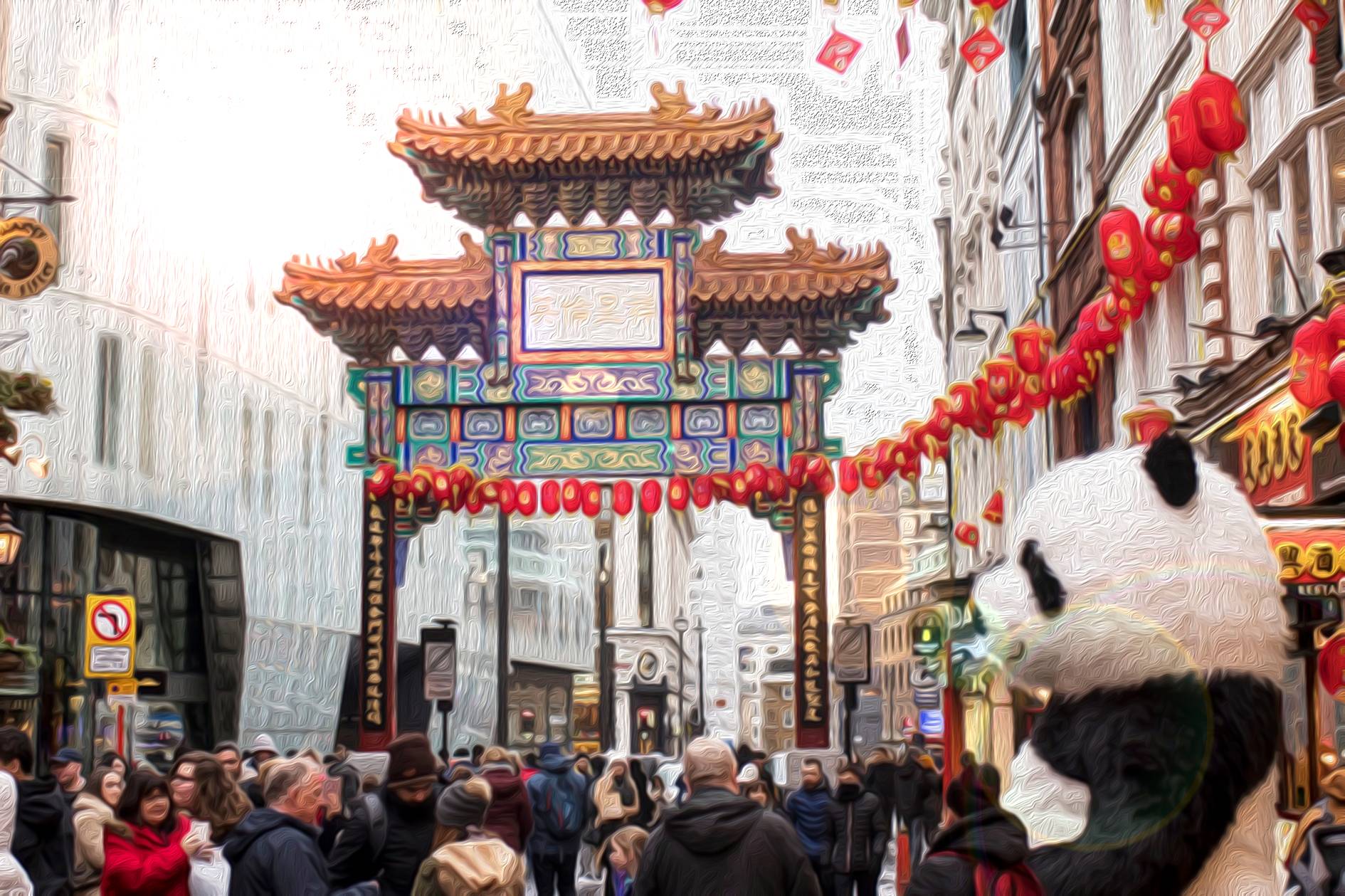Renewable energy sources, water management and waste recycling are a big concern for Denmark. Yale’s 2020 Greenest Country stood out in nearly every measure of environmental health due to its long history of significant efforts to improve air quality and ensure safe drinking water.
We at Bride Side are fascinated by the way Denmark addresses environmental issues. That’s why we wanted to share 10 innovations that justify their place among the most sustainable countries in the world.
-
A Danish supermarket sells expired foods that are safe to eat.
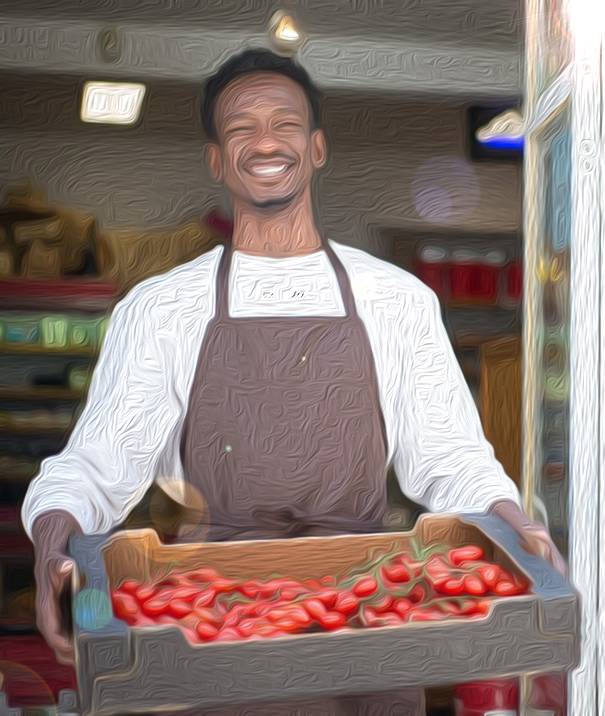
Statistics say that one third of all food produced for human consumption is wasted. Wasted food also contributes to climate change, as it requires significant amounts of energy and water to produce and distribute.
To combat food waste, Denmark has opened its first supermarket that sells food with expired or damaged packaging at reduced prices. WeFood sells products that have been recalled from other stores but are completely safe to use. By reducing the amount of food wasted, this supermarket is taking an effective step in the fight against climate change.
-
Thermal complex with pools with sea water
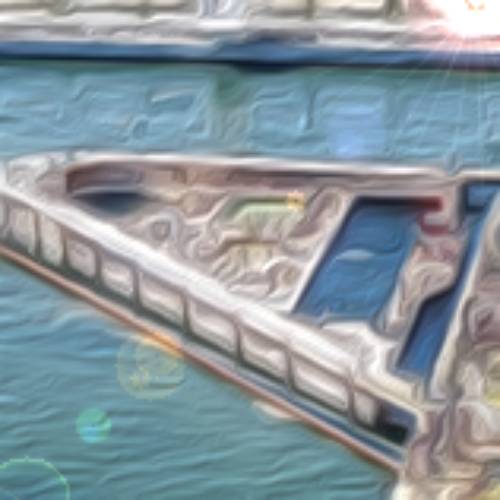
It seems that swimming pools are an unnecessary excess for a country surrounded by sea, like Denmark. But the good news is that swimming pools can also be environmentally friendly. Harbor Bath is a saltwater pool complex designed by the Bjarke Ingels Group (BIG) architectural firm. Built from sustainable Swedish pine, this sauna complex can accommodate up to 650 people and offers 2 saunas in addition to swimming.
-
A vertical wind farm that produces 1,000 tons of food.
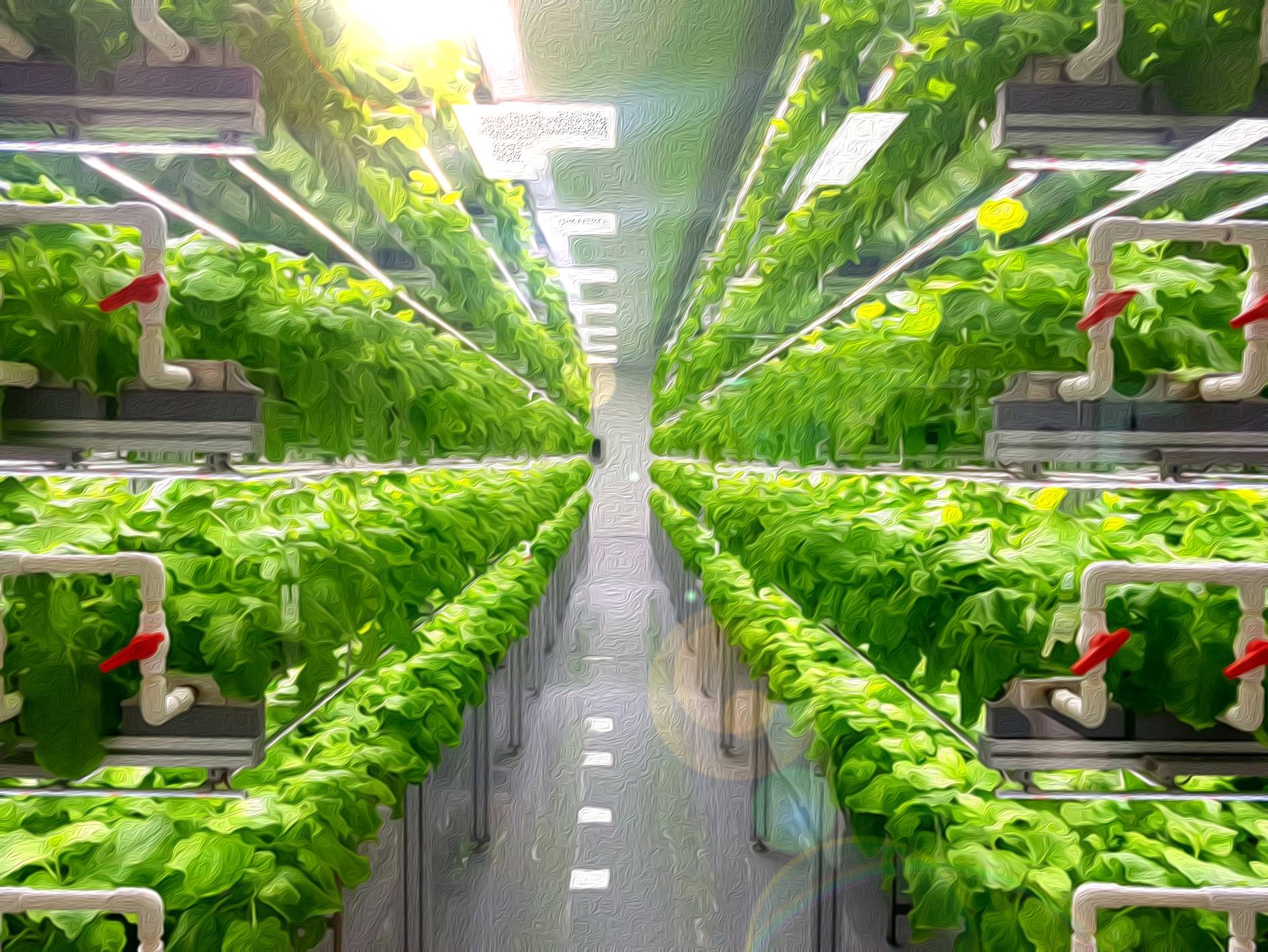
Since all types of food are available year-round, eating local and in-season is simply a matter of personal choice in today’s world. However, food that travels thousands of kilometers to reach our supermarkets contains far fewer nutrients and has a huge carbon footprint. That is why the Danish company Nordic Harvest has created a vertical wind energy farm. The entire facility is housed in one building and produces around 1,000 tons of food per year, drastically reducing carbon emissions.
-
Denmark is home to the world’s first energy islands.
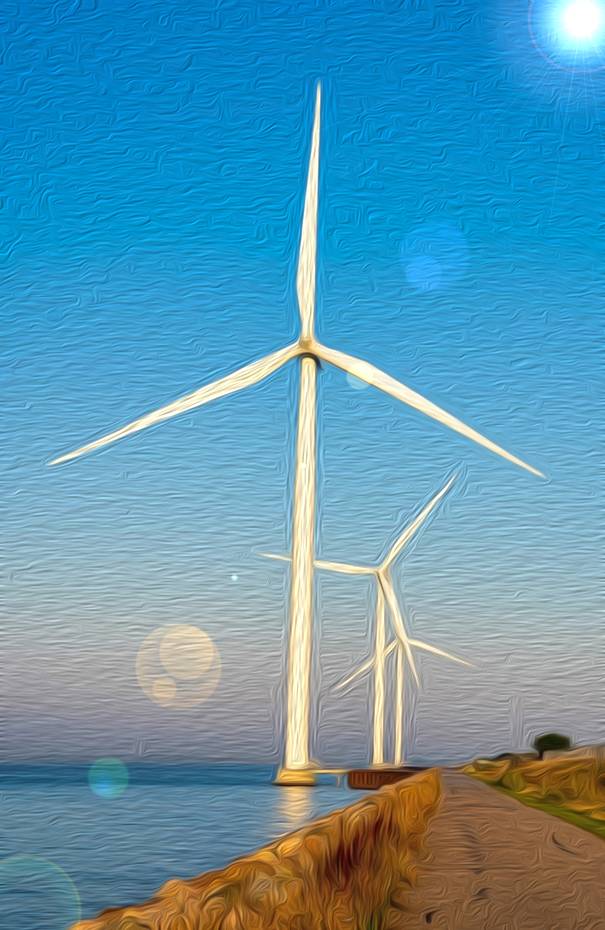
The energy islands are part of a project that aims to stop the increase in global warming. The islands will be powered by offshore winds, a step away from fossil fuel power. Denmark’s power islands will serve as a source of clean energy and are expected to generate power for 5 million homes.
-
Recycled wind turbine blades are used as bike sheds.
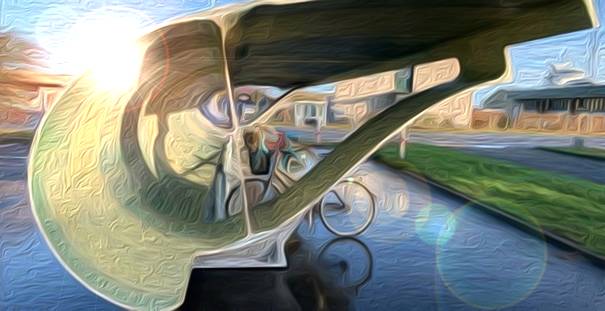
The Danes seem to be serious about the zero waste lifestyle. The city of Aalborg has found a new use for the old wind turbines. Made with materials that are difficult to recycle, the shovels in this city are not thrown away, but instead transformed into bicycle sheds.
The University of Strathclyde estimates that by 2050 there will be 2 million tonnes of waste from wind turbines. Therefore, its reuse will reduce the demand for new steel and reduce the carbon footprint of concrete production.
-
Coffee in Denmark is sold in almost entirely recyclable bags.

BKI Foods is a Danish company that leads by example in developing new sustainable solutions. The new coffee sachet created in collaboration with Polyprint is 99% recyclable.
While the change is invisible to the naked eye, the material change reduces the weight of plastic in production by 15%. Thanks to this, carbon during production is reduced by 23%. And the most important thing for all coffee lovers, the taste of the coffee remains the same.
-
The plant, which burns waste to generate electricity, alternates with a 500-meter ski slope.
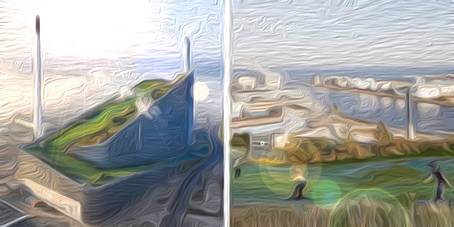
Amager Bakke is a waste-to-energy company in Copenhagen. It exports energy for both hot water and the electrical network. Furthermore, 15-20% of the incoming waste can be reused for road construction.
Hiking trails cross the roof of Amager Bakke in the summer and it transforms into a ski slope during the winter months. Therefore, the unused part of the building also has its purpose.


